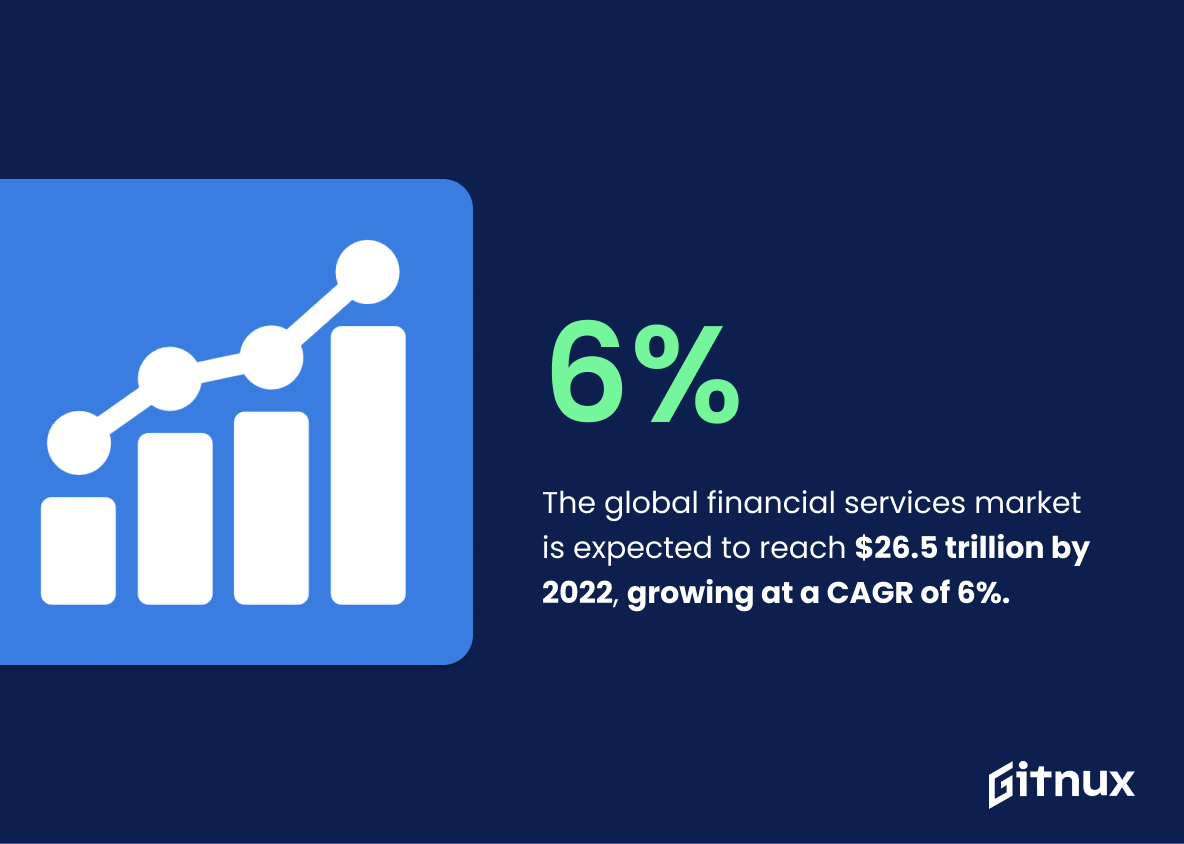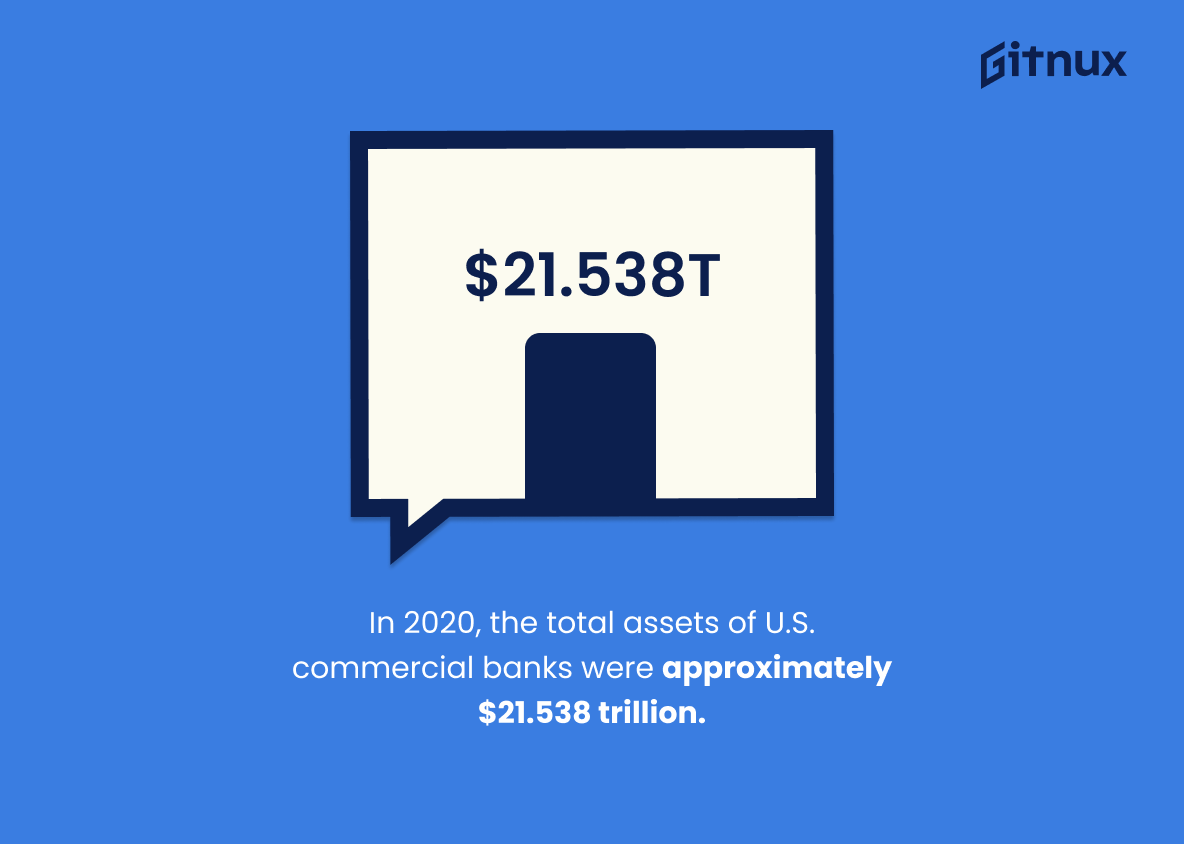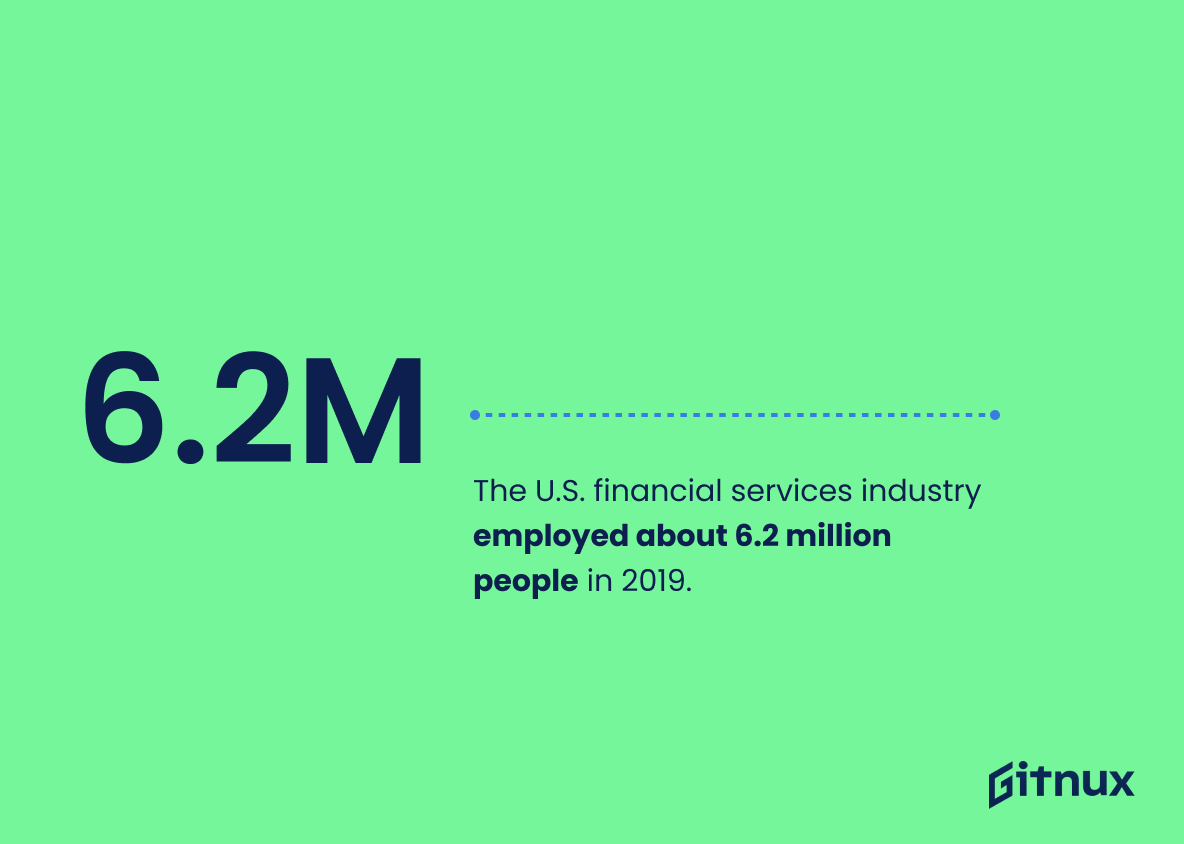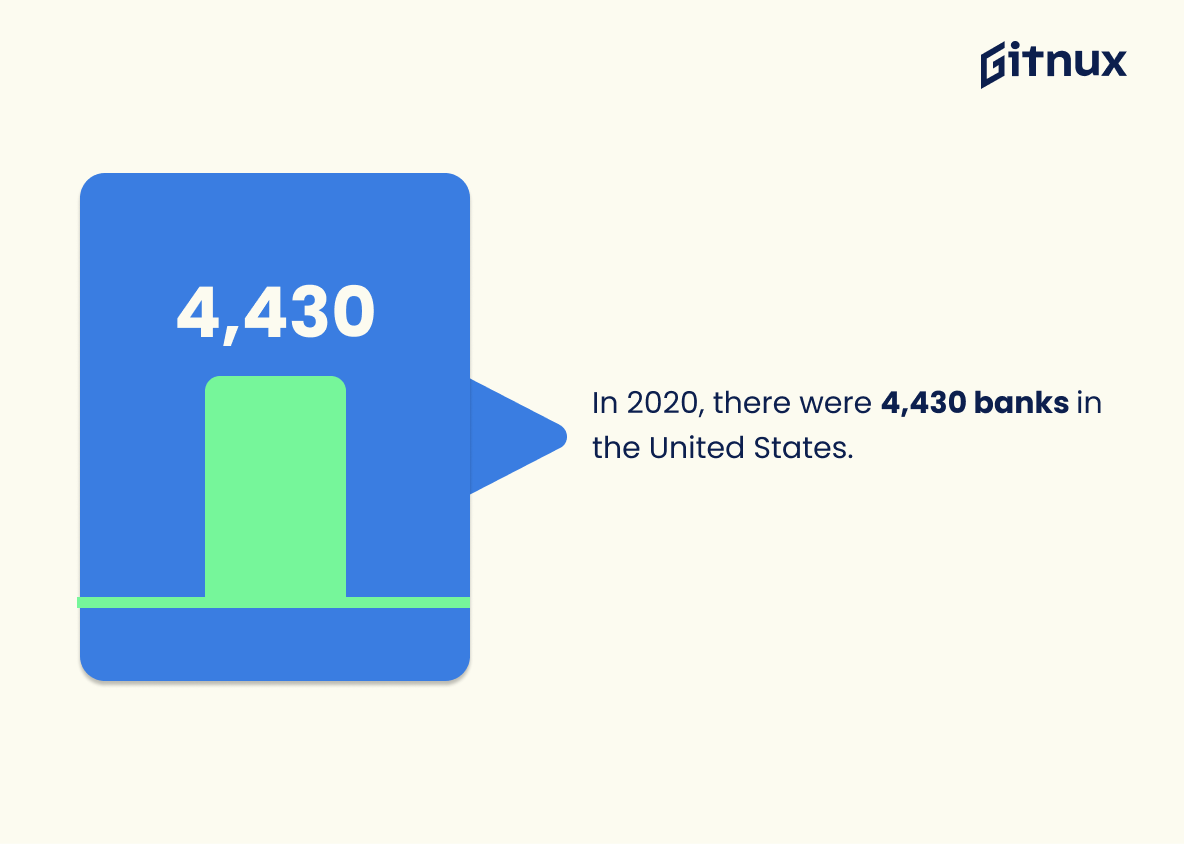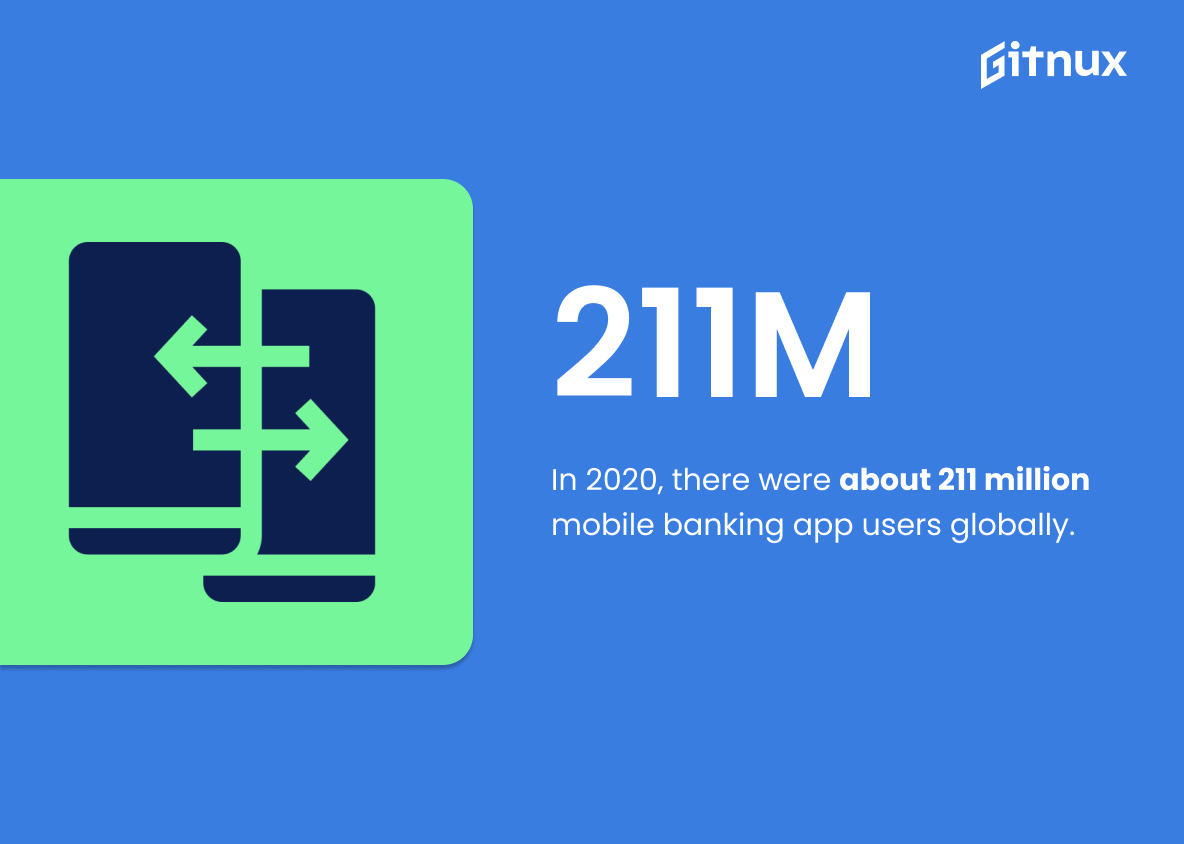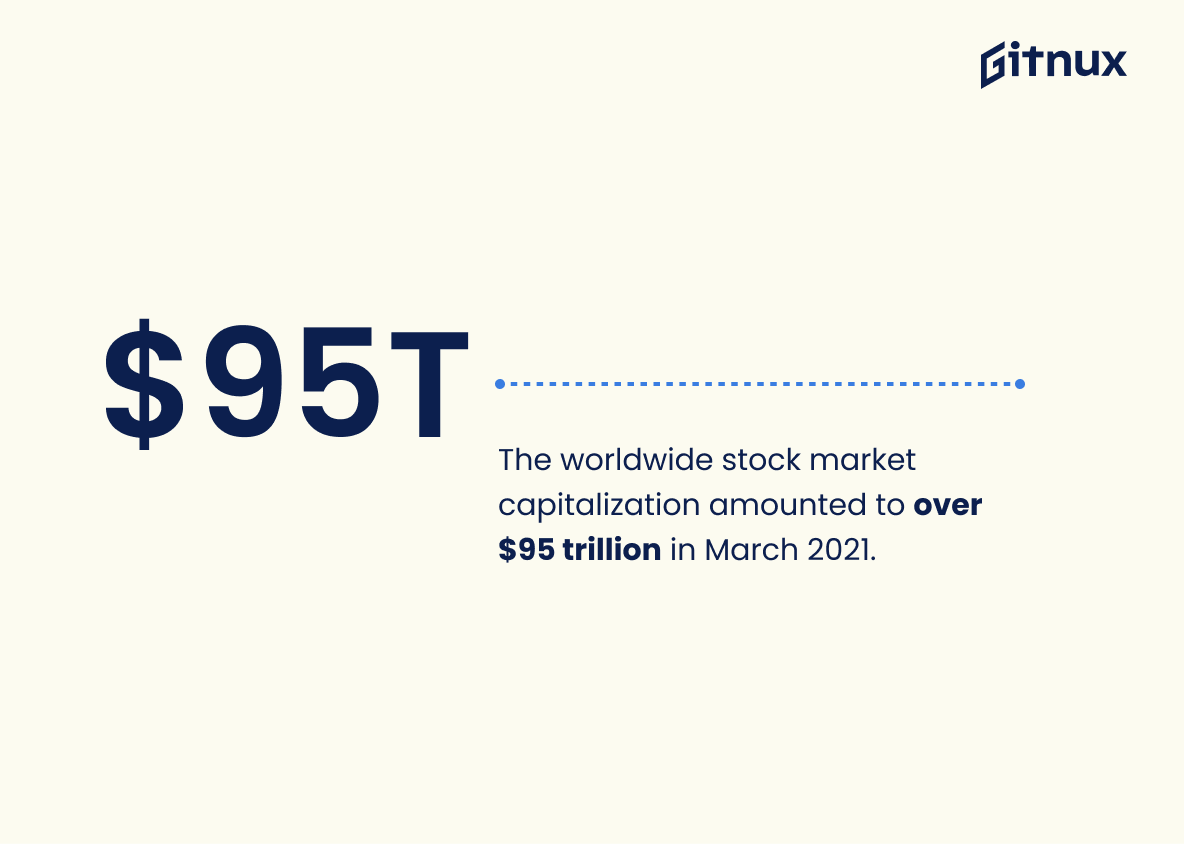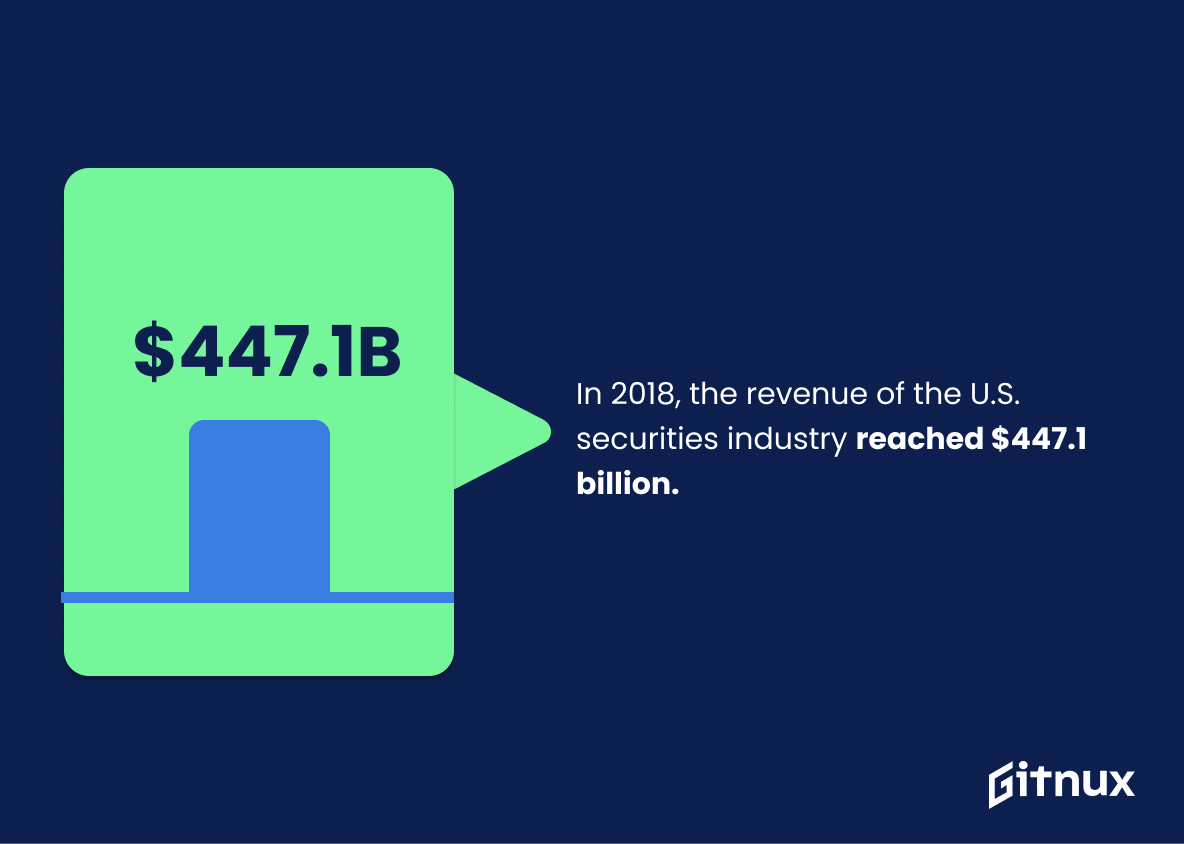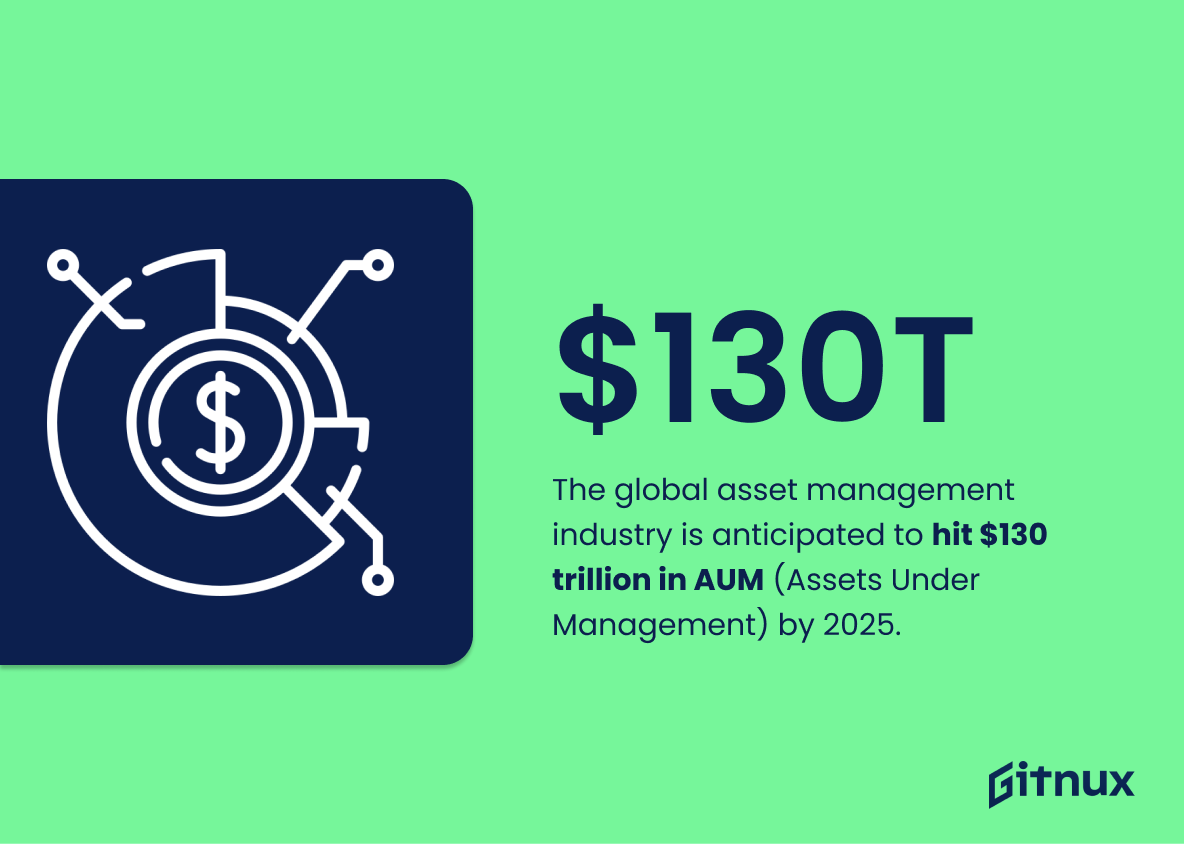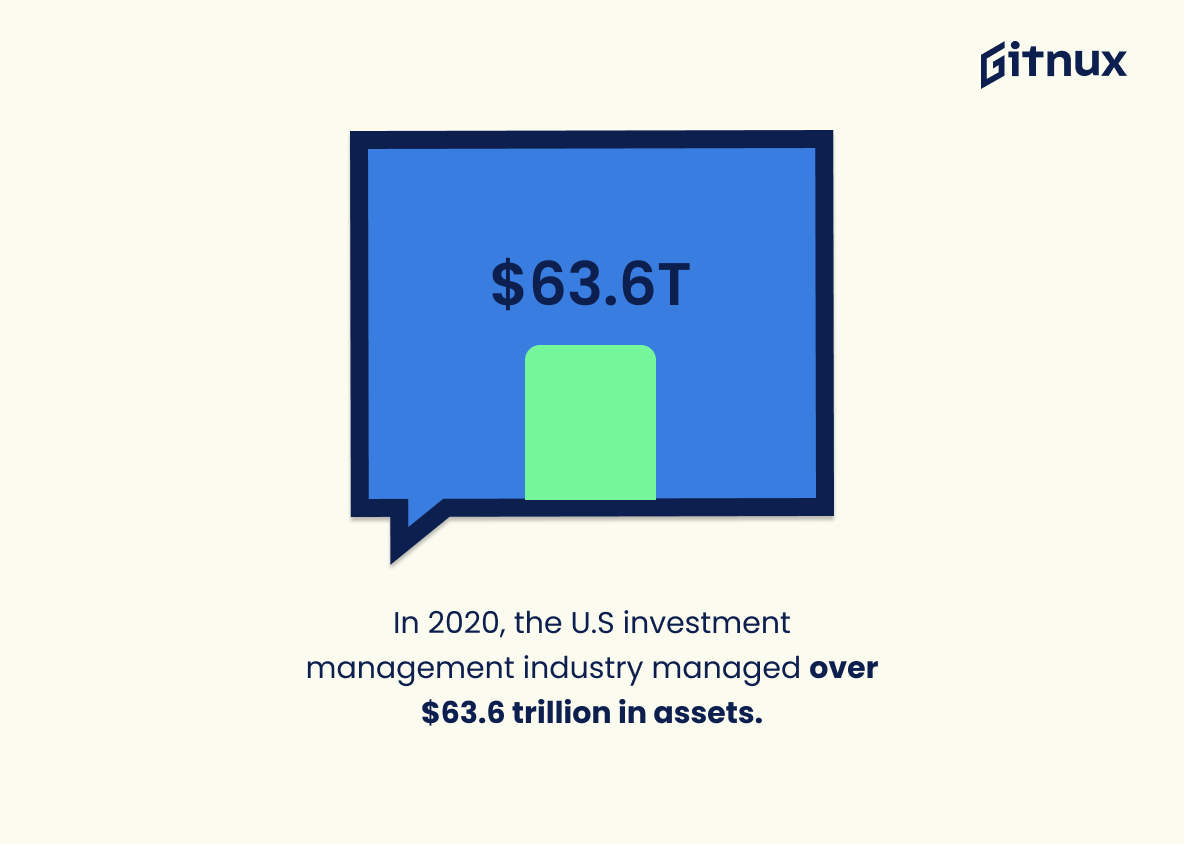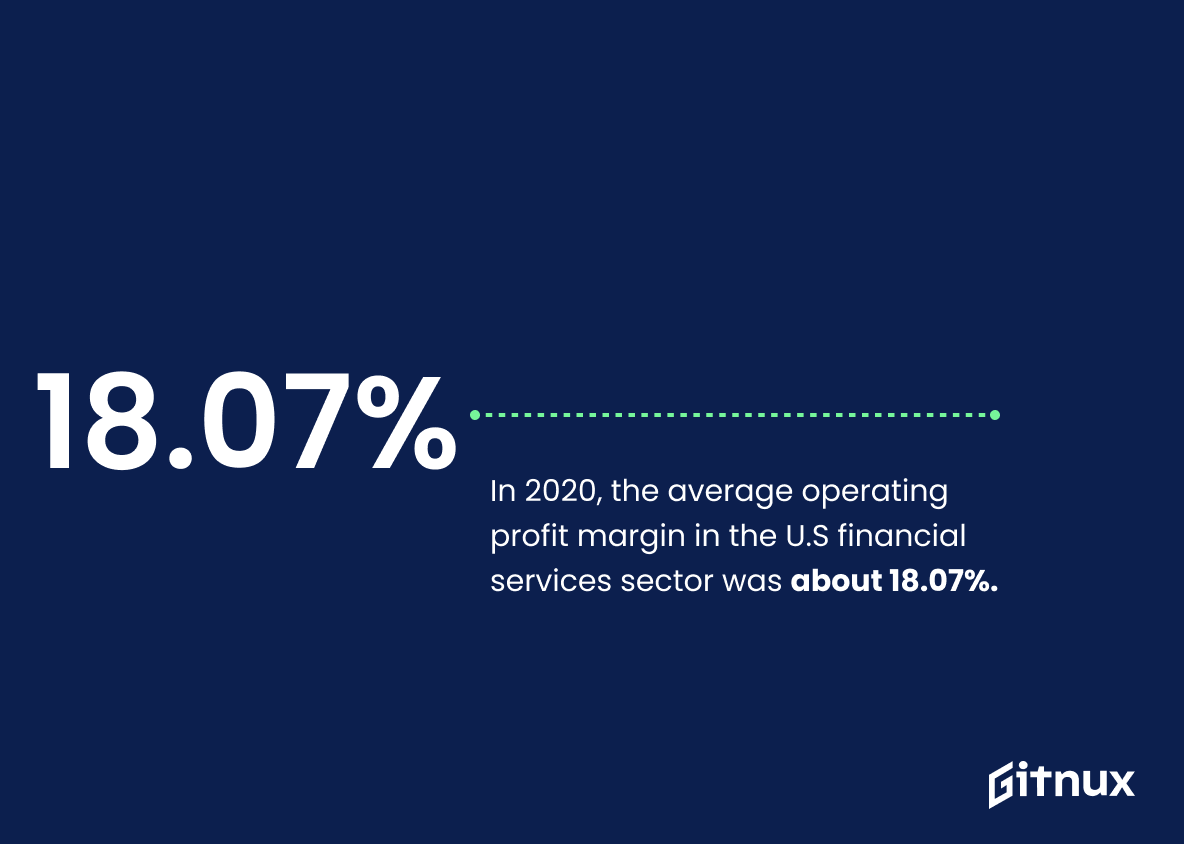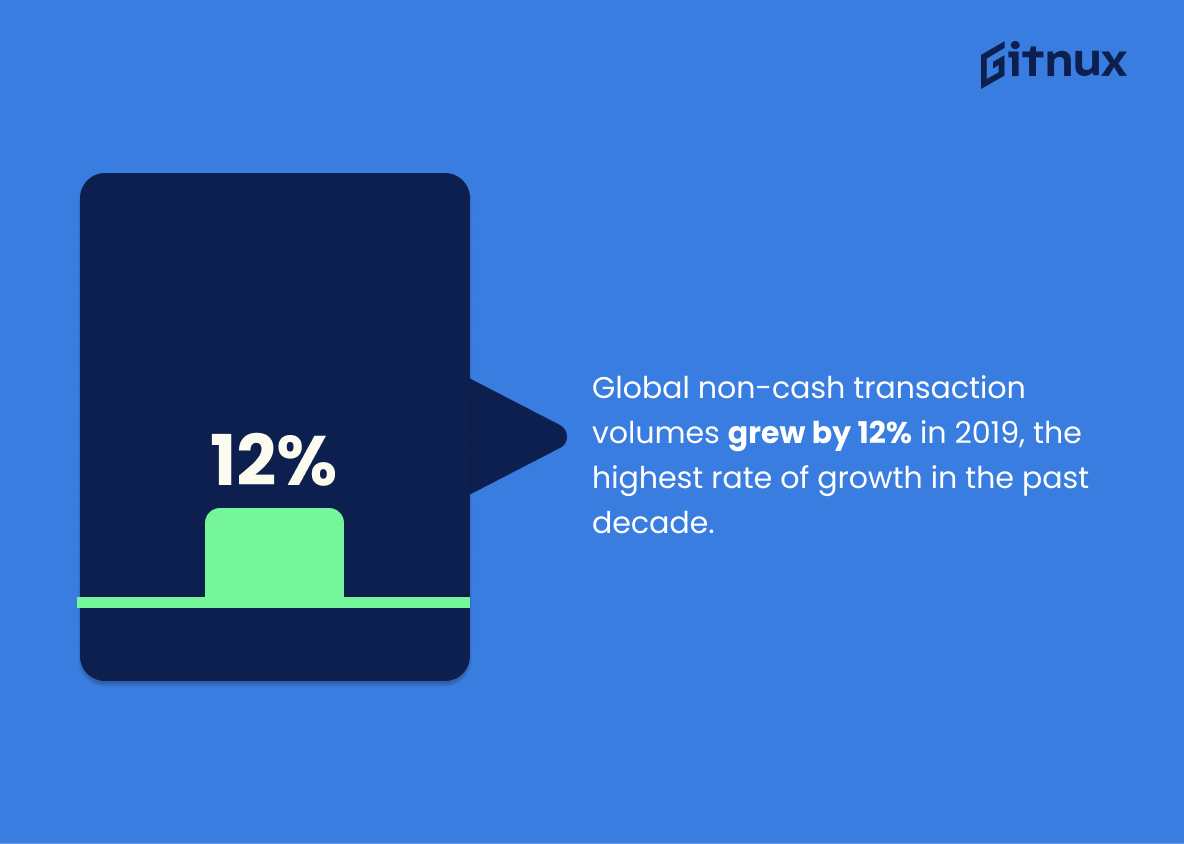The financial services industry is a critical part of the global economy, and understanding the latest industry statistics is essential for any business looking to succeed in this sector. In this blog post, we’ll take a look at the latest financial services industry statistics and how they can be used to inform your business decisions.
We’ll also explore the trends that are shaping the industry and the challenges that businesses face in this ever-changing landscape. Finally, we’ll discuss the opportunities that exist in the financial services industry and how to capitalize on them.
Financial Services Industry: Most Important Statistics
- The financial services market is expected to grow from $25848.74 billion in 2022 to $37484.37 billion in 2027 at a CAGR of 7.5%.
- As of 2023, there are 7,605,892 people employed in the US Finance and Insurance industry, with an average of 6.2 employees per business and an average growth of 1% over the past five years.
- Broad money and narrow money rose by 10.5% and 5.1% respectively, and RMB deposits rose by RMB90.9 billion.
Financial Services Industry: Statistics Overview
The global financial services market is expected to grow from $23,319.52 billion in 2021 to $37,343.95 billion in 2026 at a compound annual growth rate of 9.6-10.8%.
This shows the projected growth of the global financial services market over the next 5 years, indicating that the industry is likely to experience significant growth in the near future. This can be used to inform decisions and strategies related to investments in the financial services industry.
The financial services market is expected to grow from $25848.74 billion in 2022 to $37484.37 billion in 2027 at a CAGR of 7.5%.
This shows the expected growth of the financial services market, which is driven by the increasing adoption of EMV technology. This growth is important for the financial services industry as it indicates the potential for increased revenue and investment opportunities.
The financial services sector contributed £173.6 billion to the UK economy in 2021, representing 8.3% of total economic output, 1.08 million jobs, £61.3 billion in exports, £16.6 billion in imports, and £28.8 billion in taxes.
This shows the immense contribution of the financial services sector to the UK economy, in terms of economic output, employment, exports, imports, and taxes. This highlights the importance of the sector to the UK economy and the need for continued investment and support.
The Financial Services Industry in the UK employs 1.1 million people, 20.5% of which are born outside the UK, and contributes £100bn in taxes.
This matters as it shows the importance of the industry to the UK economy.
In 2020, the total assets of the banking sector in South Africa represented 88% of the GDP, and in 2022, 84% of adults had a bank account and 21% reported using online banking.
This shows the growth of the banking sector in South Africa over the past few years. It also shows that the banking sector is a major contributor to the country’s GDP and that the number of people with bank accounts is increasing.
Additionally, it shows that online banking is becoming more popular, which could be indicative of a shift towards digital banking. This is important for the Financial Services Industry as it shows the potential for growth in the sector.
Bank profitability reached a 14-year high in 2022, with expected return on equity between 11.5% and 12.5%, and global banking revenues expected to increase by 5-6%.
The financial services industry is recovering from the economic downturn caused by the pandemic. The high return on equity and expected increase in global banking revenues indicate that banks are becoming more profitable and that the industry is growing.
This is good news for the industry and its stakeholders, as it means that banks are able to provide more services and products to customers and generate more revenue.
As of 2023, there are 7,605,892 people employed in the US Finance and Insurance industry, with an average of 6.2 employees per business and an average growth of 1% over the past five years.
This statistic is important because it provides insight into the size and growth of the Finance and Insurance industry in the US. It is also useful for understanding the number of people employed in the industry and the average size of businesses in the industry.
This information can be used to inform decisions about the industry, such as investments and hiring strategies.
4.1% of workers have their main job in the Financial and Insurance Services industry, with an increase of 6.0% and 8.3% over the last quarter and year respectively; 46% of workers have a university qualification and 24% have a VET qualification, while 30% do not have post school qualifications.
This statistic matters in the context of Financial Services Industry Statistics as it provides an indication of the size of the industry and the level of qualifications of the workers in the industry.
This information can be used to inform decisions about the industry, such as the need for additional training or the need for more qualified workers.
5 out of the 10 largest banks in the world are Chinese, indicating a strong presence of Chinese banks in the global financial services industry.
This shows the increasing influence of Chinese banks in the global financial services market, which could have a major impact on the industry in the future.
Broad money and narrow money rose by 10.5% and 5.1% respectively, and RMB deposits rose by RMB90.9 billion.
This matters in the context of Financial Services Industry Statistics as it indicates an increase in the money supply, which can lead to an increase in economic activity and investment, and a decrease in interest rates.
Supplementary Statistics
The global financial services market is expected to reach $26.5 trillion by 2022, growing at a CAGR of 6%.
This highlights the fact that the industry is growing at a rapid rate, with a CAGR of 6%, and is expected to reach a staggering $26.5 trillion by 2022. This is a clear indication that the financial services industry is a lucrative and profitable sector, and one that is worth investing in.
In 2020, the total assets of U.S. commercial banks were approximately $21.538 trillion.
This statistic is a key indicator of the financial health of the banking industry and provides insight into the overall strength of the U.S. economy.
The U.S. financial services industry employed about 6.2 million people in 2019.
It demonstrates the sheer number of people employed in the sector, and the impact it has on the economy. It also highlights the importance of the industry in terms of job creation and economic growth.
In 2020, there were 4,430 banks in the United States.
This speaks to the fact that there are a multitude of banks operating in the country, providing a wide range of services to customers. It is indicative of the fact that the financial services industry is a major player in the US economy, and that it is an important source of employment and economic activity.
The global fintech market is expected to grow to over $305.7 billion by 2025, at a CAGR of 20.5%.
It is a clear indication that the financial services industry is on the cusp of a major transformation, with fintech playing a major role in driving this change. This statistic is a valuable insight for anyone interested in the financial services industry, as it provides a glimpse into the future of the sector.
In 2020, there were about 211 million mobile banking app users globally.
More and more people are turning to mobile banking apps to manage their finances, which is a trend that is likely to continue in the future. This statistic is a valuable insight into the current state of the Financial Services Industry and can be used to inform decisions about how to best serve customers in the future.
In 2021, JPMorgan Chase & Co. was the largest U.S. bank by market capitalization reaching over $437 billion.
It highlights the company’s impressive market capitalization, which is a reflection of its financial strength and stability. This statistic is a clear indication of the company’s ability to remain competitive in the ever-changing financial services landscape. It is a testament to the company’s commitment to providing quality services and products to its customers.
The worldwide stock market capitalization amounted to over $95 trillion in March 2021.
This likewisees as a reminder of the importance of the financial services industry in the global economy, and the need for businesses to stay informed and up-to-date on the latest industry trends and developments.
In 2018, the revenue of the U.S. securities industry reached $447.1 billion.
It highlights the fact that the industry is thriving and is a major contributor to the economy. This is an important statistic to consider when discussing the financial services industry, as it provides insight into the industry’s overall performance and growth.
The global insurance industry saw a 3.3% increase in world insurance premiums in 2020.
Despite the economic downturn, the industry was able to maintain a steady growth in world insurance premiums, demonstrating its ability to weather the storm. This is an encouraging sign for the financial services industry, as it indicates that the sector is still capable of delivering strong returns even in difficult times.
The global asset management industry’s AUM (Assets Under Management) is expected to reach $130 trillion by 2025.
This figure is indicative of the increasing demand for financial services, and the potential for further growth in the industry. It is a clear indication that the financial services industry is a lucrative and ever-expanding sector, and one that is worth keeping an eye on.
In 2020, the U.S investment management industry managed over $63.6 trillion in assets.
This highlights the immense power and influence of the industry, and the importance of understanding the financial services industry as a whole. It also serves as a reminder of the importance of staying informed about the latest financial services industry statistics in order to make informed decisions.
In 2020, the average operating profit margin in the U.S financial services sector was about 18.07%.
It provides insight into the sector’s ability to generate profits and how well it is performing compared to other industries. This information can be used to inform decisions about investments, strategies, and other business decisions related to the financial services sector. It is also a useful tool for understanding the overall economic climate of the country.
Global non-cash transaction volumes grew by 12% in 2019, the highest rate of growth in the past decade.
Thus, there is a growing demand for non-cash transactions, which is a testament to the industry’s progress in terms of technological advancement and customer convenience. This statistic is a clear indication of the industry’s commitment to providing customers with more efficient and secure payment options.
The average U.S. household had $29,076 in loans in the first quarter of 2021.
It reveals that the average U.S. household is taking on more debt than ever before, which could be a sign of financial insecurity or a lack of access to other forms of credit. This could be a cause for concern for the industry, as it could mean that more people are relying on loans to make ends meet, which could lead to an increase in defaults and delinquencies. It is also a sign that the industry needs to focus on providing more accessible and affordable financial services to help people manage their debt and build their financial security.
48% of U.S. banking customers use mobile banking apps to complete various financial activities.
Nearly half of U.S. banking customers are taking advantage of the convenience and security of mobile banking apps to complete their financial activities. This highlights the need for financial institutions to invest in mobile banking technology in order to stay competitive and meet the needs of their customers.
As of February 2021, the average cost per acquisition for financial services providers in the US was $181.
It speaks to the cost of doing business in the sector, and the amount of resources that must be allocated to acquire new customers. This statistic is a valuable insight into the financial health of the industry, and can be used to inform decisions about marketing and customer acquisition strategies.
In 2019, 63% of global wealth and asset management CEOs reported feeling confident in their organization’s revenue growth over the next three years.
The majority of CEOs in the global wealth and asset management sector are confident in their organization’s ability to generate revenue in the coming years. This is a positive sign for the industry, as it indicates that the sector is likely to remain strong and profitable in the near future. This is an important statistic to consider when discussing the financial services industry, as it provides insight into the industry’s overall health and outlook.
By 2025, over 65% of the world’s population is expected to have a bank account.
This is a positive sign for the financial services industry, as it indicates that more people are becoming financially literate and are taking advantage of the services offered by banks. This could lead to increased demand for financial services, which could in turn lead to more innovation and growth in the industry.
Conclusion
The financial services industry is an ever-evolving sector that is constantly adapting to the changing economic landscape. As the industry continues to grow, it is important to stay up to date with the latest financial services industry statistics.
By understanding the current trends and developments in the financial services industry, businesses can make informed decisions to ensure their success. With the right data and insights, businesses can make the most of their investments and ensure their long-term success.
References
1 – https://www.reportlinker.com/p06277918/Financial-Services-Global-Market-Report.html?utm_source=GNW
2 – https://www.thebusinessresearchcompany.com/report/financial-services-global-market-report
3 – https://researchbriefings.files.parliament.uk/documents/SN06193/SN06193.pdf
4 – https://assets.publishing.service.gov.uk/government/uploads/system/uploads/attachment_data/file/1092788/State_of_the_sector_annual_review_of_UK_financial_services_2022.pdf
5 – https://www.statista.com/topics/10261/banking-industry-in-south-africa/#dossierKeyfigures
6 – https://www.mckinsey.com/industries/financial-services/our-insights/global-banking-annual-review
7 – https://www.ibisworld.com/industry-statistics/employment/finance-insurance-united-states/
8 – https://labourmarketinsights.gov.au/industries/industry-details?industryCode=K
9 – https://www.statista.com/topics/1552/banks-in-china/
10 – http://www.pbc.gov.cn/en/3688247/3688978/3709137/4554379/index.html
11 – https://www.mckinsey.com
12 – https://www.businesswire.com
13 – https://www.worldpaymentsreport.com
14 – https://fred.stlouisfed.org
15 – https://www.ici.org
16 – https://www.newyorkfed.org
17 – https://www.statista.com
18 – https://www.reportlinker.com
19 – https://csimarket.com
20 – https://www.bankrate.com
21 – https://fintechbusinessweekly.com
22 – https://www.pwc.com
23 – https://www.swissre.com
